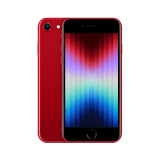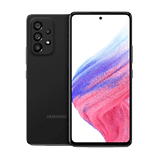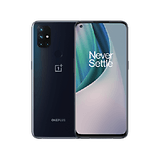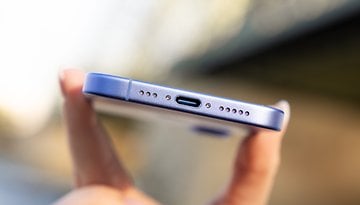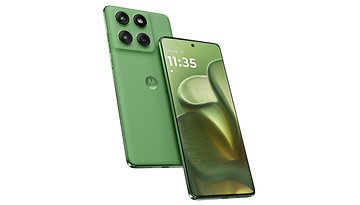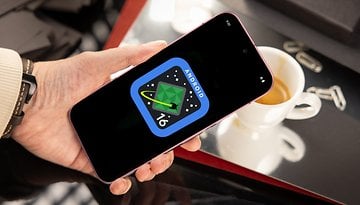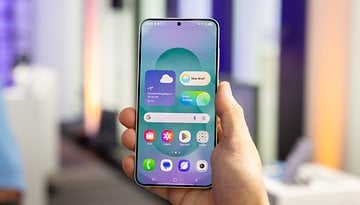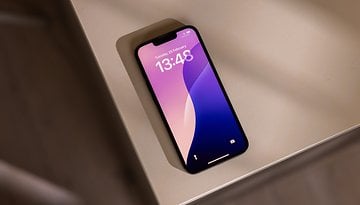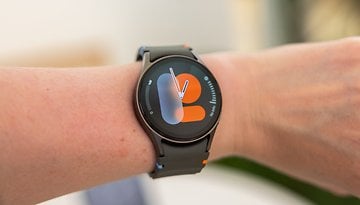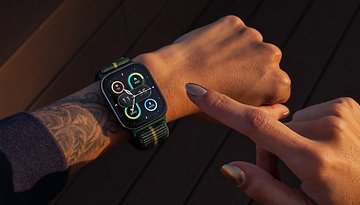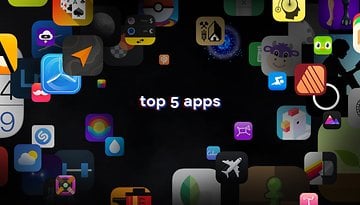Life After Apple: Qualcomm Repositions and Rebrands its X85 Modem
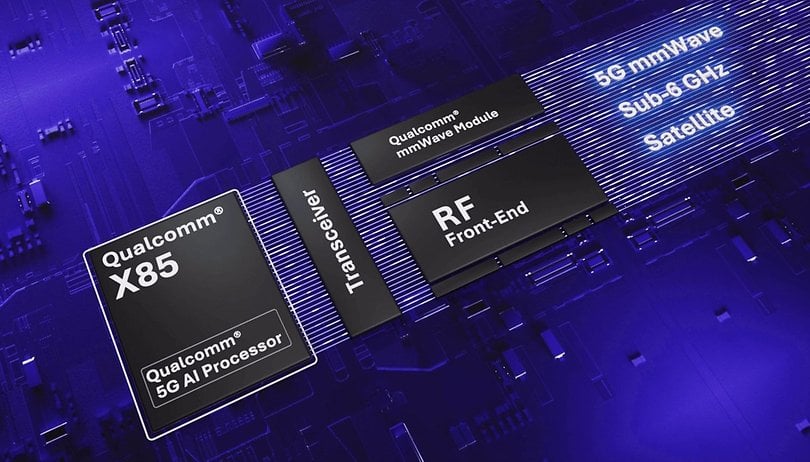

Qualcomm announced in MWC 2025 a couple of changes covering its brands plus the usual upgrade to its modem line. The new components from the company will lose the "Snapdragon" branding going forward, starting with the Qualcomm X85 modem. Coincidence or not, the announcement comes right after Apple launched its first phone without a Qualcomm modem. But the rebranding efforts didn't stop there.
Quoting Qualcomm, the new X85 "will bring connectivity leadership to Android smartphones", making it clear that the company does not expect the chip to power a next-generation iPhone.
It is still uncertain if Apple will adopt its own C1 chip on the iPhone 17 line after debuting it on the entry-level iPhone 16e we reviewed recently. In the past, however, Apple didn't adopt Qualcomm's latest offerings, such as the Snapdragon X70 and X71 on the iPhone 15 and 16 lines, respectively.
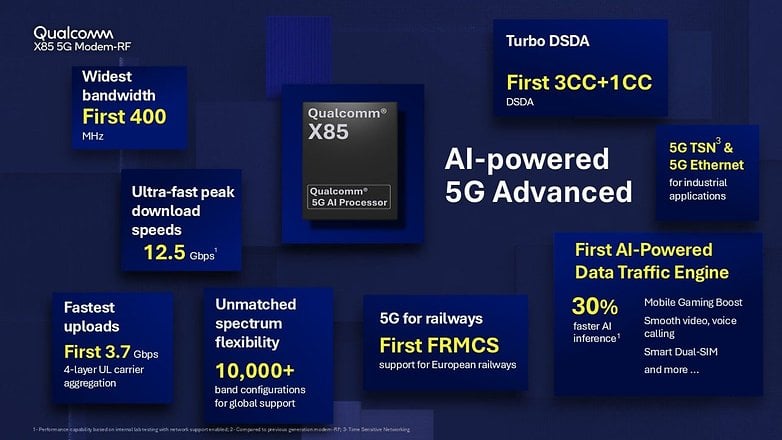
Faster Download Speeds (For the Lucky Few)
While the past four generations of Snapdragon modems topped at 10 Gbps download speeds and tried to differentiate themselves through features such as AI management of bands and antennae, the X85 modem promises up to 12.5 Gbps of download speeds and a modest jump from 3.5 to 3.7 Gbps uplink, using a wider 400 MHz downlink band for sub-6GHz frequencies, and more carrier aggregation for uplink.
Of course, those features require a perfect scenario, and a connection to a cell tower as free from interference and competition as possible, so don't expect to see those speeds on a mobile phone anytime soon.
Instead, a couple of new features may indicate Qualcomm's plans for its modem line, starting with features specific to industrial applications, and support for FRMCS, planned to be used in trains across Europe, Australia, and New Zealand.
But despite what it may seem, FRMCS (Future Railway Mobile Communication System) is not intended to be used to improve mobile connectivity inside trains for passengers. In layman's terms, the technology will replace the 2G-based GSM-R to update the signaling and infrastructure communication systems.
The X85 modem is also positioned for use on FWA (Fixed Wireless Access) modems, promising wireless broadband speeds to places without fiber or cable coverage.
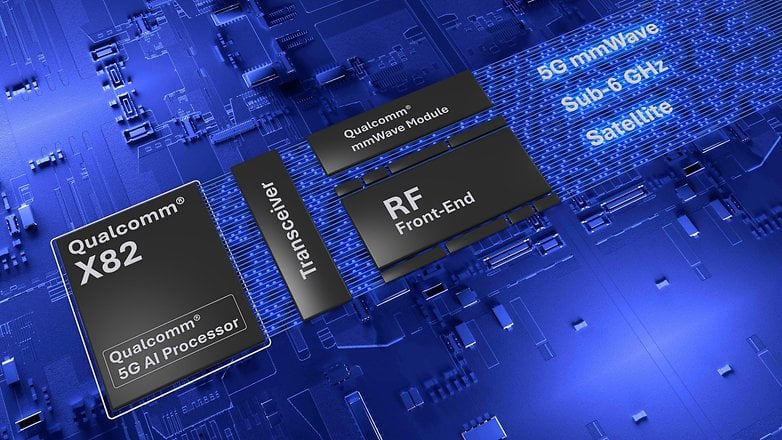
Qualcomm also announced the X82 modem without disclosing specifics about speeds and connection configurations. In the past, however, the "2" models differed from the flagship offering by having roughly half of the maximum download speeds, with a less complex design for carrier aggregation and parallel connections.
Dragonwing Branding for Enterprise
With the world's biggest mobile companies presenting their new devices in MWC 2025, we have seen a renewed interest in infrastructure and background news, with some early mentions of "6G" being heard around the Barcelona Gran Fira halls. Qualcomm now positions its industrial and enterprise offerings (business-to-business, B2B) products under the flashy Dragonwing brand.
When asked by nextpit why the branding name change for the X85 modem, a Qualcomm representative defined the lines between Snapdragon and Dragonwing:
In our new brand alignment, Snapdragon represents consumer-oriented products, and Dragonwing is for enterprise and vertical (business-to-business) devices. Our modem line serves both, so it sits as a Qualcomm product between them.
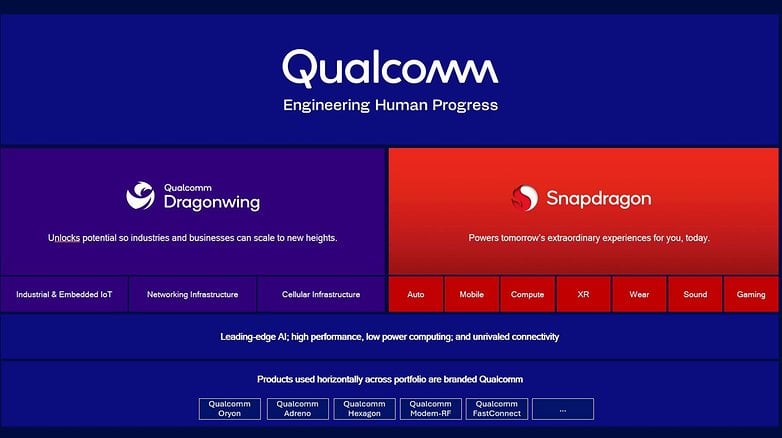
Qualcomm didn't reply when asked if Dragonwing will be also present on consumer-facing products using its components, like FWA modems (e.g. like Intel did with its Centrino and Ultrabook initiatives). But the company is expected to give more details on the Embedded World congress between 11 and 13 of March.

